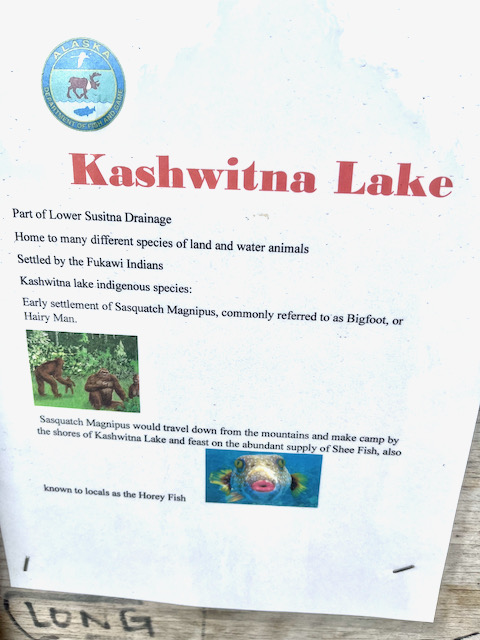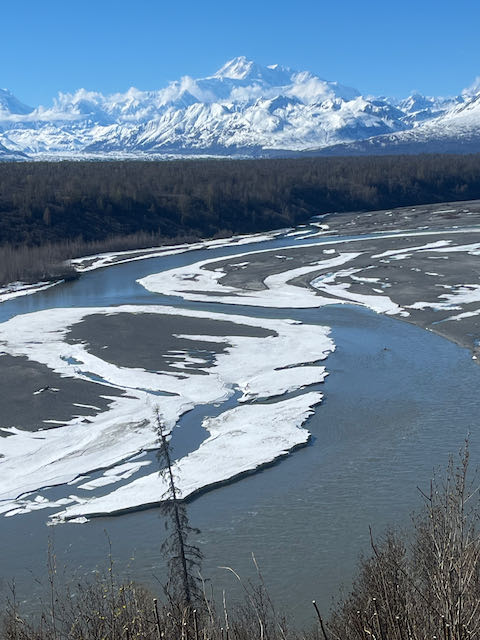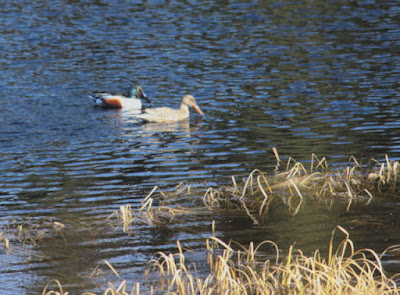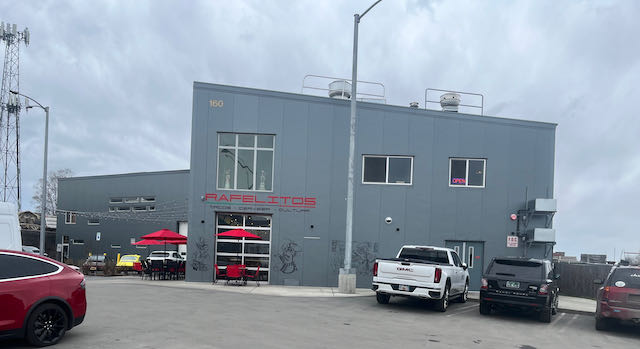[For those without a lot of time or patience, the gist of this post is: WORDLE is running out of valid words. A problem exacerbated because they let people play already used words, even though they can't 'win.']
I've been through different phases of WORDLE playing. I started with random words, then moved to starting with words that had high frequency letters. The idea of starting with the same word everyday, in hopes that one day I'd get the word on the first round, didn't hold me for long. It got boring. Even WORDLE has switched the word it starts with several times.
For a few months now, my first word has been coming from Spelling Bee. I pick one of the five letter words, with preference for the ones that have the most frequently used letters. I skip the words with double letters - that seems like a waste. Yes, they do use words with double letters now and then, but it would be really lucky to the the right double letter on the right day. Sometimes there are no words that have five different letters. Then I pick a four-letter word I can make a new word by adding a letter. Often I'm stuck with a word that has one or two low probability letters. And sometimes one of them is in the word and I get a leg up.
My goal in the last few months has been to have more games I complete with three words than with fours. I was going after having my total count of 3s higher than my total count of 4s. I reached that goal a few days ago. But it's getting easier to do that.
Let me explain. Yesterday was the 1054th WORDLE. (Each WORDLE is numbered)
WORDS THAT DON'T WORK
There are some rules about the words they pick.
- No profanity. But I was surprised the day they used PRICK. Yes, it has normal meanings, and I guess that was their logic.
- They also don't seem to choose words that are demeaning to various people.
- No proper names (unless it has another meaning as well) DAVID and SUSAN won't work. RANDY will.
In all three cases, when you type in such a word, it's rejected altogether. You won't lose a turn if you type in one of these invalid words.
Then there's another class of words that aren't used
- Past tense words that end -ed. You can play these words, but they won't win. Irregular past tense words like WROTE are ok.
- Regular plurals that end with an 's'.
- Words that have already been the winning word in past WORDLE games.
These #3 words can be used, but words that have already been used, aren't eligible to win again. On the one hand, such words can be useful when you are trying to choose a word that will eliminate help you find or eliminate letters, The -ed words and the previous winner words are even used in their analysis section when they show the words still possible after each round. (This only happens after you are done and choose 'Analyze.")
I'm not sure how I know these things. Partly by trial and error. Maybe I found a website with tips like this. I just don't remember. I did just look at WORDLE's help page, but it only says it has to be a valid word.
1054 - Why is this important.
While English has lots of words, the number of five letter English words, as I've explained above, a that are valid and that can win is smaller. In the ANALYSIS section (after you finish for the day) WORDLE tells you how many VALID words are left. I don't recall there being much more than 1000 ever shown after my first word. That would mean that the five letters I just used in the first word, would raise the total, if they were still in play. But by that much.
Are you getting my drift ye?. WORDLE is going to run out of words.
With over 1000 games already played, there are already over 1000 words that are no long valid. That is, you can play them, but they can't be the winning word.
In my eyes, that's somewhat unfair. Well, not somewhat unfair. Just unfair. People new to WORDLE have no idea of what words have already been winners. Even long time players can't remember all those words.
But they internet knows. There are websites that list the already used words - in alphabetical order and in chronological order. I use
Five Forks. And since those words cannot be winners again, I've decided it's ok for me to look up the possible words on my list for the next round, so I don't waste guesses on words that can't win.
Do I feel guilty? Sure, there is something about this that doesn't feel quite right. But the idea that perfectly legitimate words (not proper names, not plurals ending in 's', not slurs) simply cannot win because they've won already, seems even less fair. It's ok that WORDLE doesn't allow repeats, but that they don't disqualify them as invalid (since they can't win they should accept them on the list.)
And that's why I say WORDLE has a limited shellfire. It's going to run out of words, And by using the lists of past WORDLE words, it's easier now to get a 3 than in the beginning.
That doesn't mean I'll always get a 3. But I now have more 3s than 4s. OK, There's a lot more 5s than 2s and more 6s than 1s.
Not sure how many more of these I'm going to do.












































This was originally told by the chief in the 60s show "FTroop". But it was "Hekawee' then.